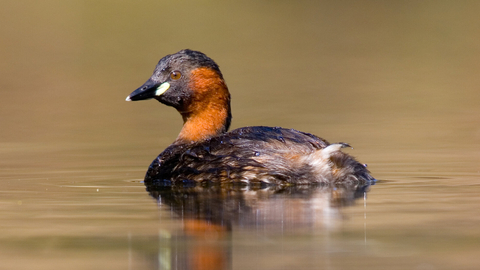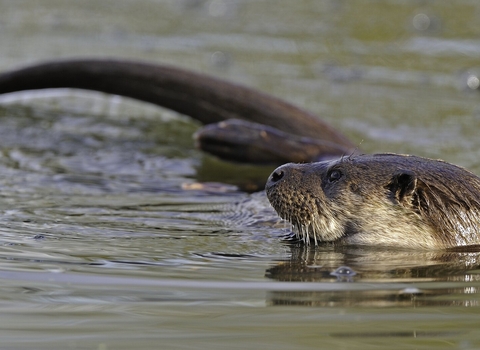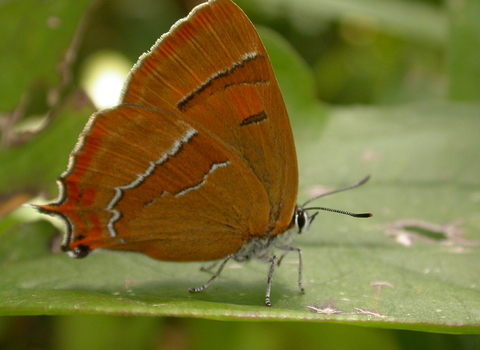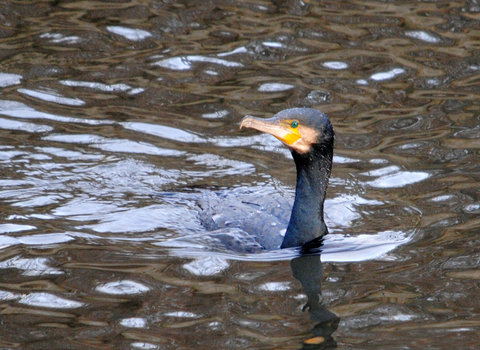21/05/2025: Not open to members of the public. The reserve is sensitive to disturbance and has access issues therefore access is for management purposes only.

Tom Marshall
Pembroke Upper Mill Pond
Know before you go
Dogs
When to visit
Opening times
No access available.Best time to visit
No access available.About the reserve
The pond was formerly part of a tidal creek which extended eastwards from below Pembroke Castle. The reserve forms the eastern extremity of this creek. Barriers to tidal movement occurred with the construction of a tidal mill in the 13th century and a dam in 1975.
The vegetation represents a transition from estuarine to freshwater conditions. Lesser Duckweed and Horned Pondweed occur in the open water with emergent vegetation dominated by Common Reed. Estuarine species present include Sea Club Rush, Salt Marsh Rush and Sea Arrow Grass. At the eastern end is an area of fen and carr vegetation, characterised by Grey Willow and Alder, with an understorey of Yellow Iris, Hemp-agrimony, Purple Loosestrife and Water Forget-me-not.
Birds are varied due to the change in habitats across the site. On the water can be seen Little Grebe, Heron, Mute Swan, Mallard, Moorhen, Cormorant, Teal, Coot, Kingfisher, Tufted Duck and Pochard. Treecreepers, Willow Warbler, and several Tits are among the woodland birds.
There is a wide variety of aquatic invertebrates such as Freshwater Shrimp and Water Louse, with gastropod molluscs including the Ramshorn Smail and Jenkins Spite Shell. Other invertebrates include pond-skaters, Waterboatmen and damselflies. Four species of fish have been recorded: Three-spined Stickleback, Common Eel, Trout and Flounder, and Frogs are also common. Otters can also be found using the ponds and reed bed.



